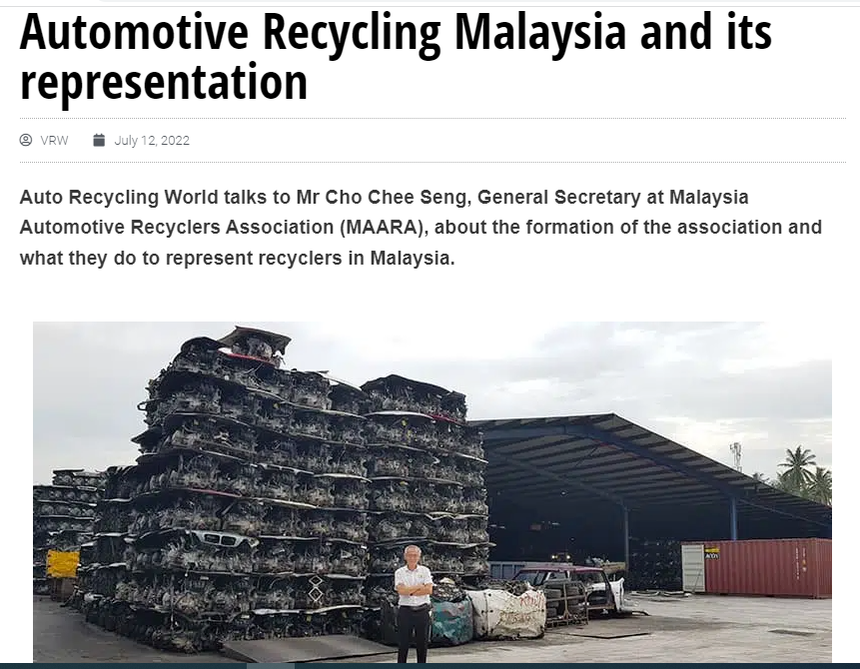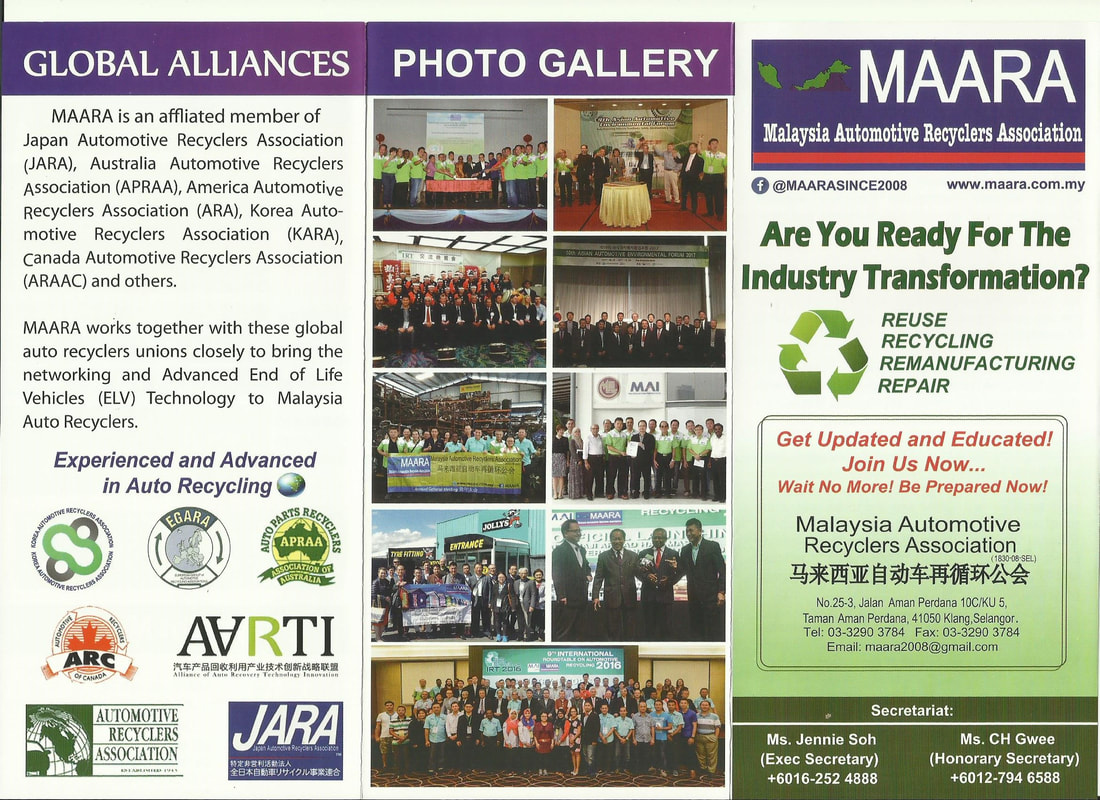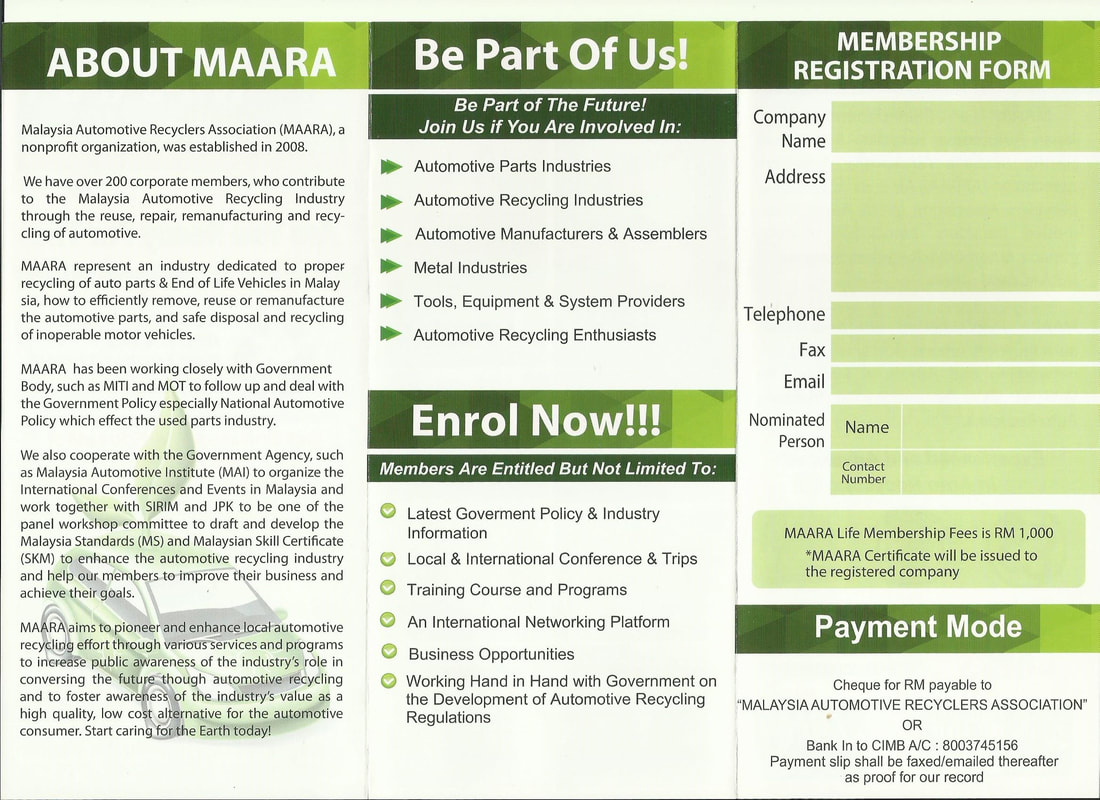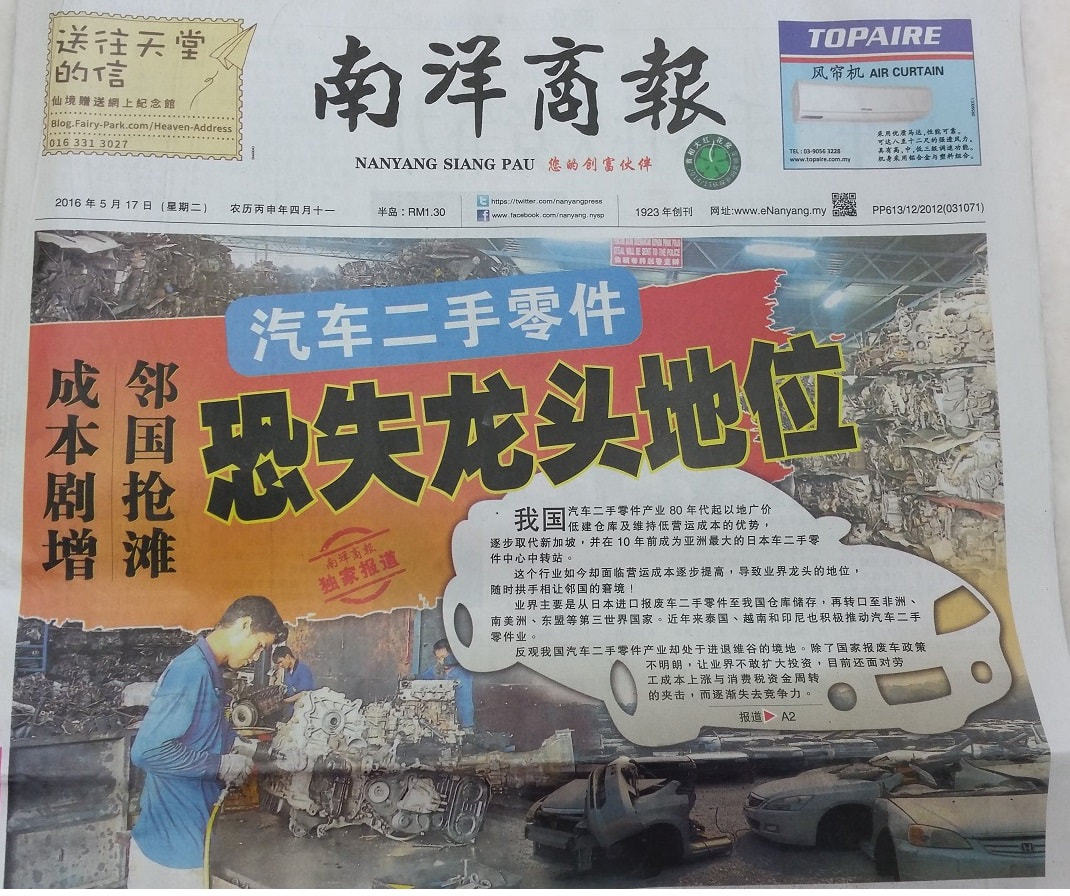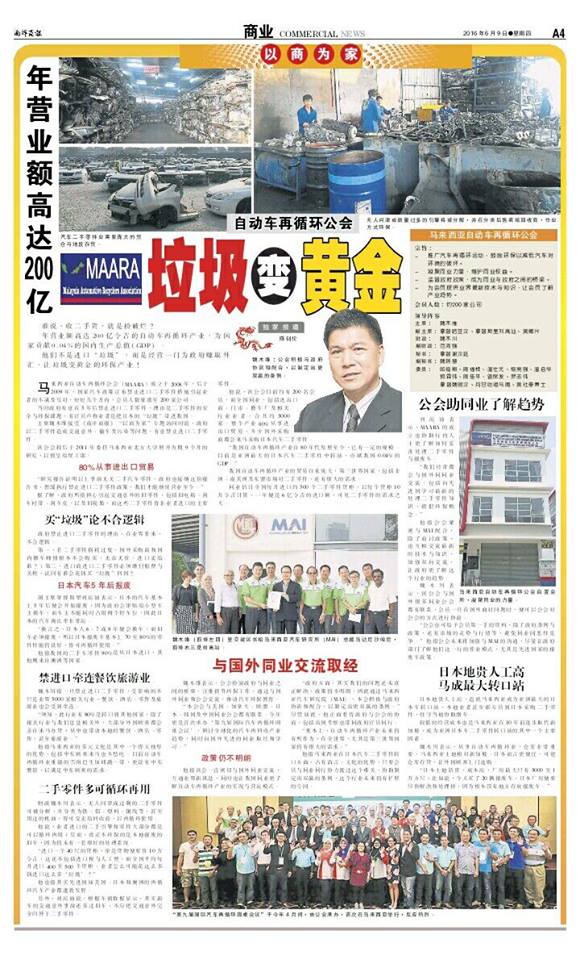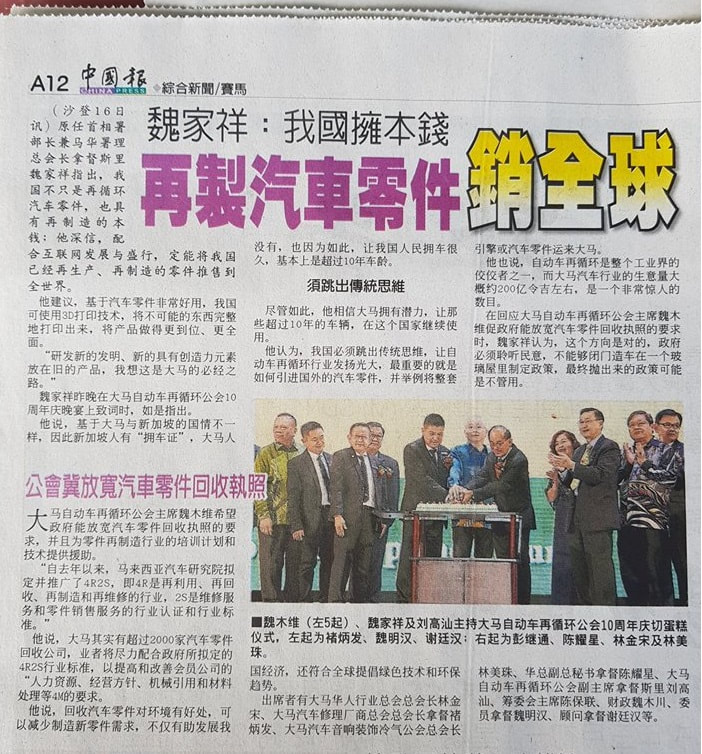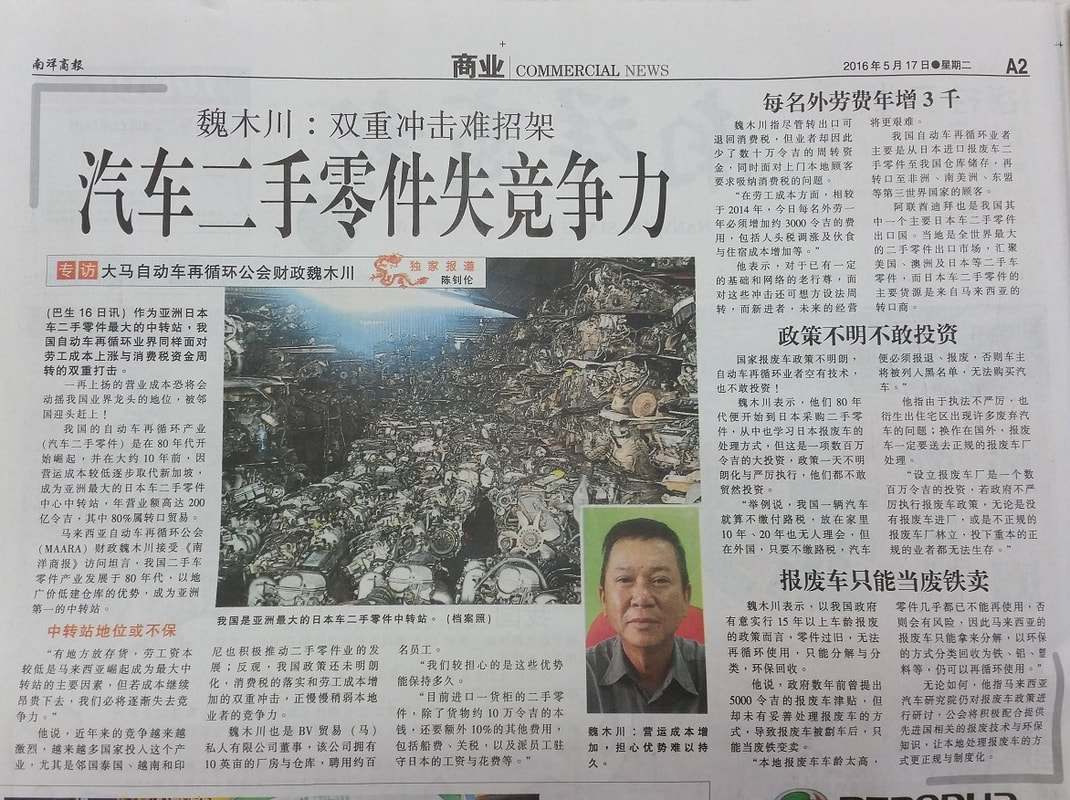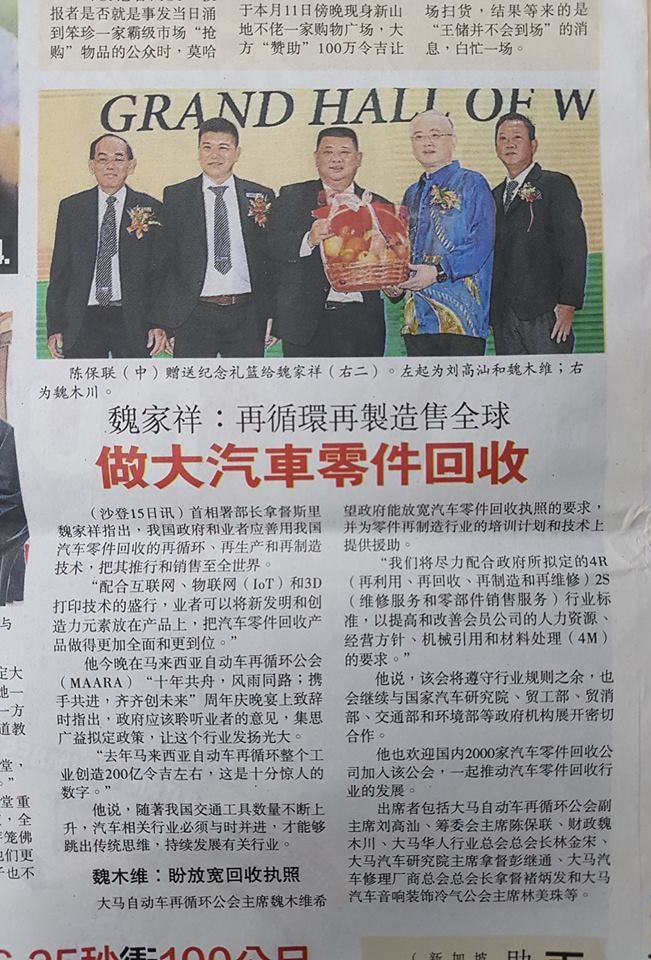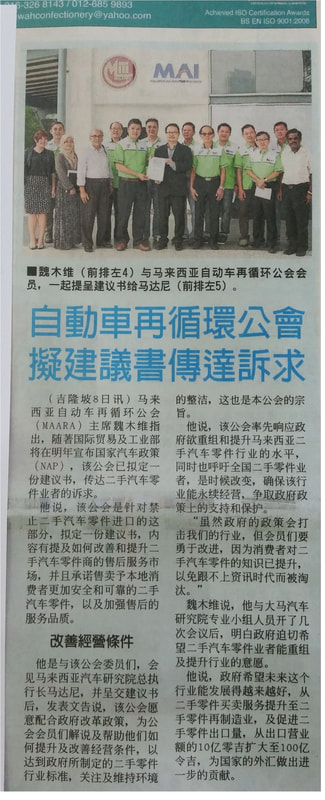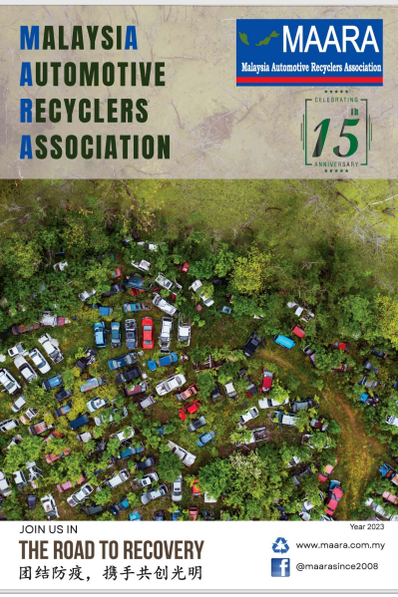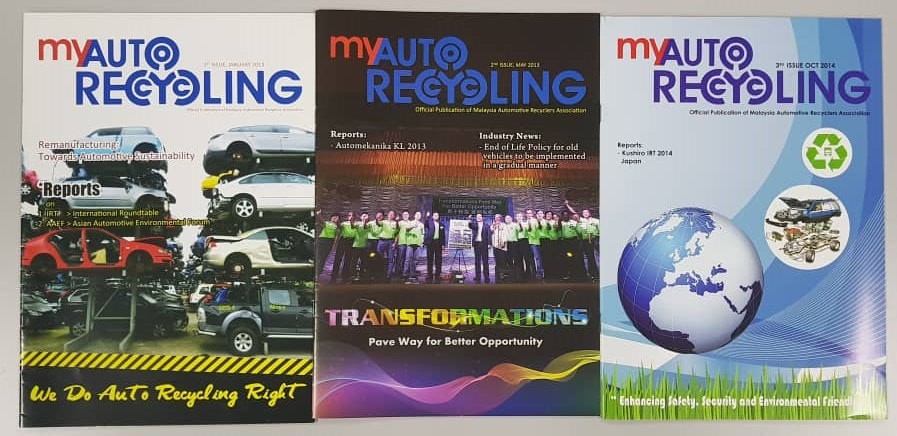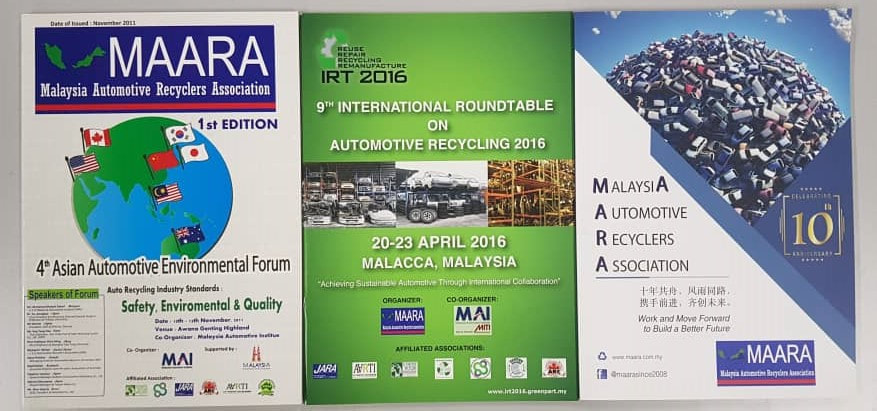If you believe that some day it's going to happen, some day it probably will happen. You just have to make sure you're there when it's happening, and ideally you're at the front of the parade, and the principle beneficiary of when it happens, but it's not a kind of thing where you just sort of sit back and wait. - Steve Case
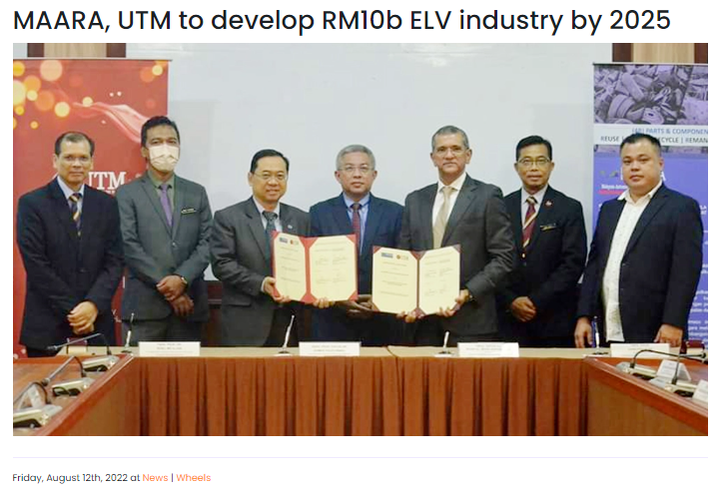
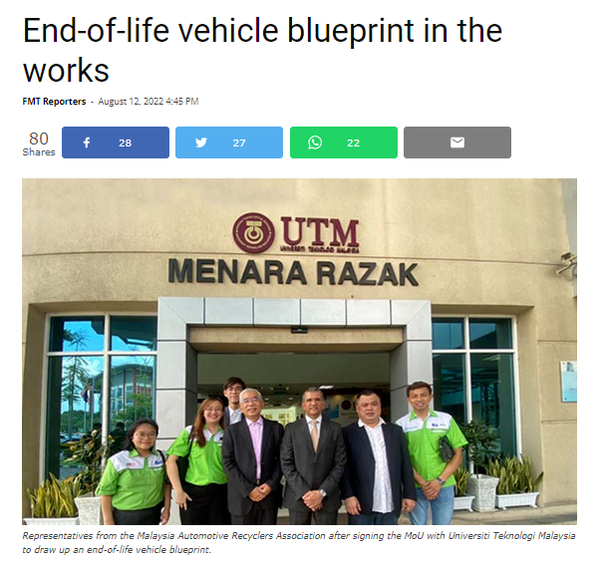
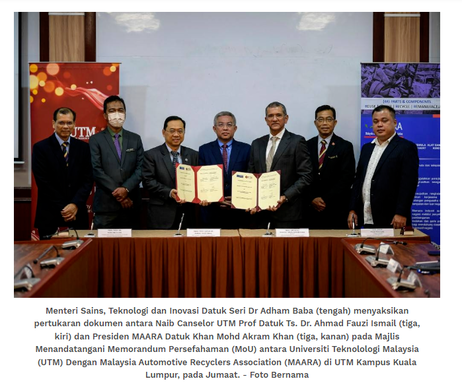
2014 National Automotive policy
Kuala Lumpur 20 January 2014 |
Upcoming Events: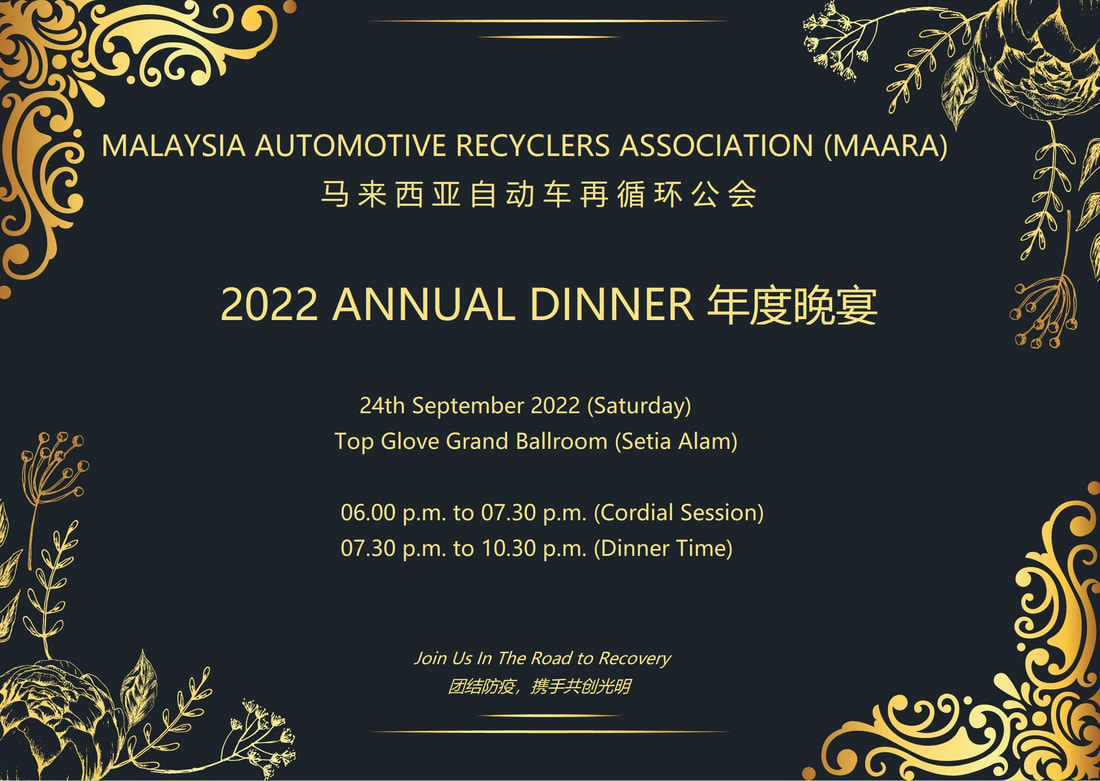
This is its 14th Anniversary Gala Dinner for the year 2022. Moving from COVID-19 pandemic to endemic, MAARA would like to take this opportunity to celebrate its annual dinner which we had not been able to host since 2020. On this note, it is our pleasure to invite all MAARA members and other associated industry players to be part of this grand event and together enjoy the night. Following the challenging years in 2020 and 2021, together let's "Join Us in the Road to Recovery." To mark this momentous occasion, our Annual Gala Dinner will take place on Saturday night, 24th of September 2022. It is also our hope that you and your esteemed organizations can also support us by becoming the sponsors for the dinner. To explore our sponsorship offers and opportunities, please do not hesitate to contact our secretariat Ms. Jennie at 016-2524 888 to get more information. Thank you for support. Regards, Organizing Chairman Chan Poh Huat Membership Form Downloads:
Magazines & Directory | ||||||||||

